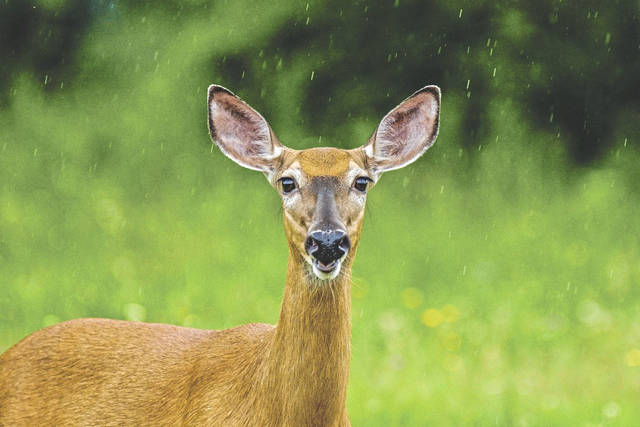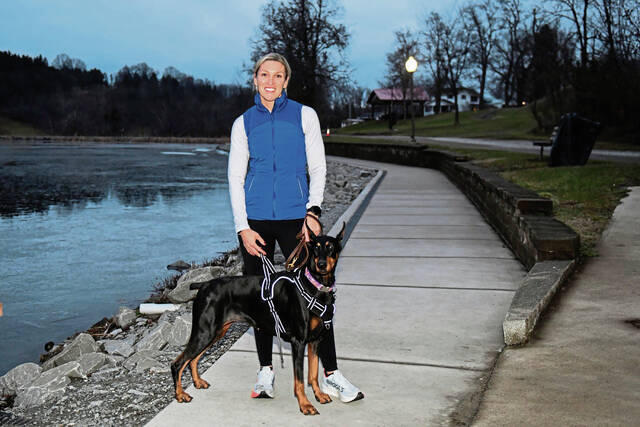Pennsylvania Game Commission officials are hoping a new plan to manage the spread of chronic wasting disease (CWD) will prevent it from infecting more deer in Westmoreland County and elsewhere in Southwestern Pennsylvania.
About 300 square miles of the northeastern corner of the county is part of a management area after a deer with the deadly disease was found there last year. Commission spokesman Bob Frye said patterns of spread have emerged elsewhere in the state, resulting in more deer testing positive and the land included in zones being increased.
“While the spread may not occur rapidly, there is a possibility for more detections to occur in Westmoreland County,” he said.
The state Game Commission’s board last week approved the response plan that focuses on prevention, management and surveillance of chronic wasting disease. The contagious disease can spread among deer and elk. It affects the brain, nervous system and lymphoid tissues and is always fatal.
The plan went through two public comment periods before being presented during the weekend to the board, said Andrea Korman, CWD biologist with the commission. It is aimed at wild deer, not captive herds.
Disease management areas have been in place in Pennsylvania since 2012 when CWD was first found. Those zones include parts of Westmoreland, Indiana, Armstrong and Somerset. Under the new plan, hunters will be able to use permits to help meet sampling goals in an enhanced surveillance area in Central Pennsylvania.
It’s important for hunters, agencies across the state and wildlife enthusiasts to take the commission’s goals seriously, said Harold Daub, executive director of the Pennsylvania Federation of Sportsmen & Conservationists.
“Hunting as we know it is in jeopardy here,” he said. “If we don’t control it as best we can in these hot spots, it’s going to spread.”
The plan will create an established area in south central Pennsylvania from which hunters may in the future be limited in moving high risk deer body parts in or out, Korman said. Small containment zones will be set up around new positive cases where deer that may have come in contact with an infected animal will be removed. That will occur only with landowner permission in the event the zone includes private property.
“These are very small scale operations that would primarily occur after hunting season,” she said.
Concurrent antlered and antlerless firearms seasons have been approved by the commission for the fall in specific wildlife management areas where the disease has been found. Additional or extended hunting seasons could be used in the future in other parts of the state as a way to manage the infection.
“We want hunters to have the first opportunity to help in managing CWD,” she said.
That is an important component, Daub said, while cautioning the deer population isn’t being decimated, but reduced.
“It encourages and allows for hunters to actually participate in trying to control and manage CWD in those hot spots,” he said. “That’s going to be good for the hunters to have the most opportunity to take the deer out of the herd.”
Public support of the plan is critical and without management, the disease will continue to spread throughout the state, Korman said.
“CWD is a serious threat to Pennsylvania’s deer and elk populations,” she said. “For management strategies to be effective we must be prepared for a sustained long term commitment of resources.”
Other management strategies include a ban on feeding deer and using urine-based attractants. Since 2012, 95,000 wild deer have been tested for the disease resulting in 473 positive cases. About 1,400 elk have been tested with no positives.
Testing happens in roadkill deer, at some processors or when hunters turn in the heads of their harvest.








